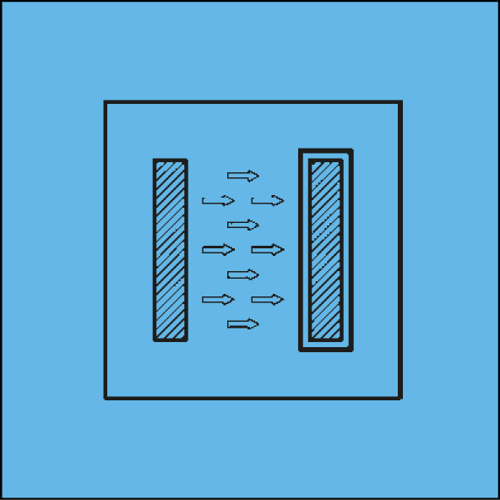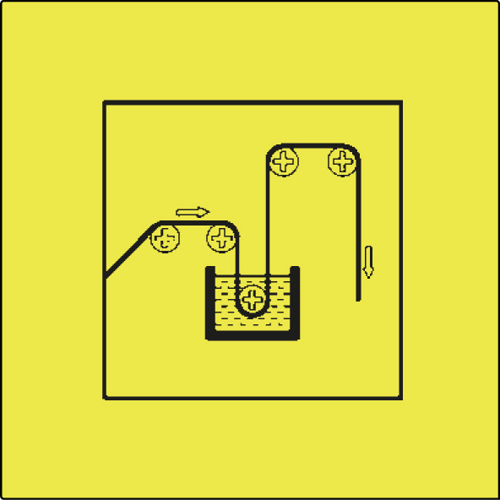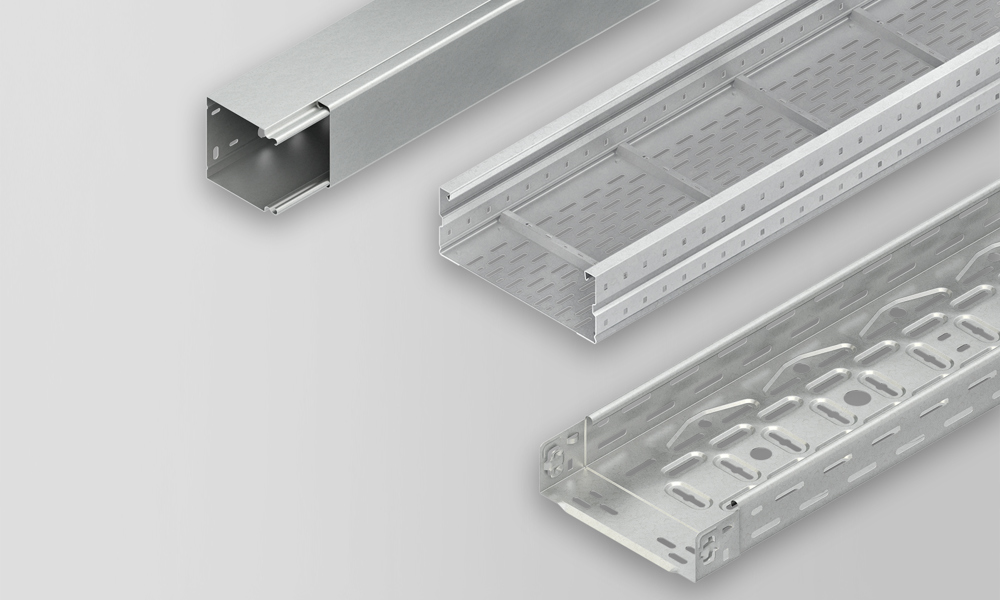Surface treatments
Electrolytic Galvanizing (Electroplating)
Galvanizing is an electrolytic coating process that provides increased protection against corrosion and wear and improves electrical conductivity. The materials get a beautiful shine and a high-quality appearance. The zinc layer is 2.5 to 20 µm.


Continuous Strip Galvanization (Sendzimir Process)
Strip galvanizing or continuous hot-dip galvanizing (Sendzimir galvanised) according to DIN EN 10 346
The zinc layer is applied on both sides to a coil of broadband steel as it passes through a zinc bath. An iron-zinc alloy layer forms on the steel with an overlying pure zinc layer.
Depending on the material thickness, the zinc layer has a thickness that varies between 10 – 20 µm. This thickness can be demonstrated by the three-plane test according to DIN EN 10 346. Strip galvanizing is used for parts with a maximum material thickness of 2 mm, then perfect edge protection can be achieved by means of "cathodic protection".
As a result, these materials can be used very well in dry environments and they can be deformed without damaging the protective layer.



Hot dip galvanizing
By immersing in approx. 450°C liquid zinc (discontinuous hot-dip galvanizing), the entire surface, including all corners and edges, is provided with a zinc layer. A layer of iron-zinc alloy forms on the steel with an overlying pure zinc layer. The layer thickness of the zinc depends on the type of steel and material thickness.
For environments with higher demands on corrosion resistance.



ViwateQ® Finishing
Gouda Holland provides its Streamline HD cable ladder with ViwateQ® Finishing. Other solutions are standard pickled and passivated, and are also available with this treatment on request.
Although ViwateQ® Finishing is not a pickling process, it does remove the oxide layer in order to thoroughly remove all unwanted contamination and burnt welding zones. After the ViwateQ® Finishing, a new oxide layer is created through a natural passivation.
With this unique method, the optimal Ra value is achieved. And it ensures that the morphology of the skin (outer layer) of the stainless steel is a "sloping" landscape, which greatly increases cleanability and reduces the adhesion of dirt and bacteria (Lotus effect).
In addition, it is a sustainable treatment because no chemicals are used in the ViwateQ® Finishing process.

Stainless steel
Stainless steel is a versatile, wear-resistant material that is made just like normal steel.
But there are differences such as: the steel must not contain more than 1.2% carbon and at least 11% chromium (makes the steel rust resistant). When the steel comes into contact with oxygen, an invisible layer of dichromium trioxide is formed on the outside of the steel. This layer protects the underlying metal from rusting and it repairs itself when damaged. Nickel further increases the rust resistance and makes the steel stronger and more resistant to extreme temperatures.
In the Netherlands, stainless steel is often referred to as RVS304 or RVS316, the industry speaks internationally about AISI 304 or AISI 316. By reducing, omitting or adding raw materials during production, other stainless steel variants are obtained, such as 316L (Low Carbon) and 316Ti (Titanium addition).


Do you have any questions?
Our experts are happy to assist you!
Gouda Holland, your partner in cable management systems
 Dutch
Dutch